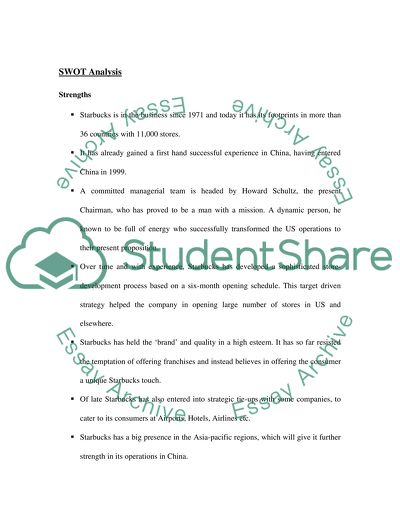Cite this document
(“Business Corporate Strategy (Starbucks in China) Essay”, n.d.)
Business Corporate Strategy (Starbucks in China) Essay. Retrieved from https://studentshare.org/miscellaneous/1503458-business-corporate-strategy-starbucks-in-china
Business Corporate Strategy (Starbucks in China) Essay. Retrieved from https://studentshare.org/miscellaneous/1503458-business-corporate-strategy-starbucks-in-china
(Business Corporate Strategy (Starbucks in China) Essay)
Business Corporate Strategy (Starbucks in China) Essay. https://studentshare.org/miscellaneous/1503458-business-corporate-strategy-starbucks-in-china.
Business Corporate Strategy (Starbucks in China) Essay. https://studentshare.org/miscellaneous/1503458-business-corporate-strategy-starbucks-in-china.
“Business Corporate Strategy (Starbucks in China) Essay”, n.d. https://studentshare.org/miscellaneous/1503458-business-corporate-strategy-starbucks-in-china.


